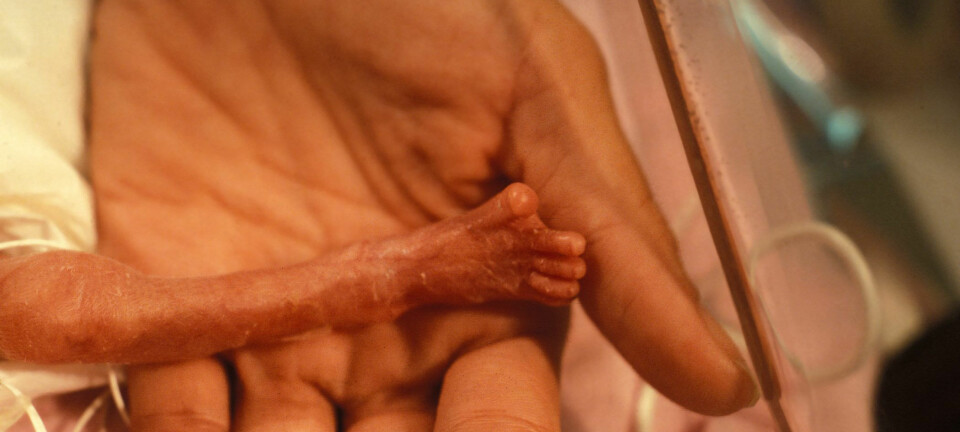
Babies can estimate likelihood
Infants are remarkably good at using information around them to figure out the likelihood of an event, according to a new study.
We use probabilities all day long as we make choices and plans. We are able to analyse risks and advantages in our choices by estimating the most probable consequences. We get better at this with experience, but how early in life do we start such calculations?
A new study by researchers at the Max Planck Institute for Human Cognitive and Brain Sciences (MPI CBS) in Leipzig and Uppsala University in Sweden shows that six-month-old infants can estimate likelihoods.
The study has been published in the journal Child Development.
“We presume that from early in life our brain presents us with statistics we see around us. In the course of the first six months infants can acquire information about which events follow one another, or how likely one event is compared to another,” says Ezgi Kayhan, a neurobiologist at MPI CBS and the first author of the study.
Reacted at the unlikely result
The study subjected 75 infants aged, six months, 12 months and 18 months to animated film sequences. The short videos showed a machine filled with blue and yellow balls. In the next sequence, the balls were drawn from the lot by the machine and placed in their respective baskets – blue balls in one, yellow in the other. There was clearly a majority of blue balls so the probability of the machine drawing a yellow ball was nearly 625 times more unlikely.
Babies have a tendency to stare at things and lack much ability to communicate. So their attention was measured by how long they locked their eyes on something. Their attention was noted three seconds after the balls were placed in a basket.
The researchers discovered that the babies stared the longest at the basket of yellow balls – the improbable selection.
“This might be because of the surprise as it consisted of the ‘rare’ yellow balls,” says Kayhan.
To ensure that the infants didn’t simply have a preference for the colour yellow, a control test was done with green and red balls. The babies’ preferences changed according to which colour was in the majority. Also, when there was a more equal number of blue and yellow balls, with blue nine times as likely to be drawn by the machine, the babies looked more at the blue balls.
“This outcome was very surprising,” says Kayhan. “One explanation for why this occurred is that the rate between the balls is even, the information becomes even more complex. Therefore the infants focus their attention on the ball that feels more usual for them.”
Kayhan relates that earlier studies have shown that babies prefer to focus on objects that seem familiar when absorbing information.
Kayhan and her group were not the first to find that infants have a perception of likelihoods. But they are the first to find that the level of probability information also plays a role.
Similar experiments
Researchers have previously shown that infants have an understanding of very elementary mathematics. Babies were seen to be very surprised when they were shown a box with two dolls in it but only found one when they opened the box later.
Several studies have also shown infants to be capable of sensing likelihoods. One was in 2008 and led by Professor Luca Bonatti of the University of Nantes in France. In an interview in Nature he said most scientists had doubts about such experiments because they figured probabilities were too complicated for infants. But the results of his study showed them to be wrong.
His experiment was much like that conducted by Kayhan and colleagues; babies were shown a box containing red or white ping-pong balls. One of the researchers shook up the box and then drew out five balls – four red and one white. If the box had contained more white ones than red, the infant gazed longer at it afterwards than if it contained more red than white ones.
So, like in Kayhan’s experiment, infants react more to unexpected results than to expected results.
“What we have managed to prove here is that the onset of human cognitive abilities is much more rational than was previous suggested,” says Bonatti, and adds:
“This opens up for a whole new set of research.”
-------------------------------------
Read the Norwegian version of this article at forskning.no
Translated by: Glenn Ostling






